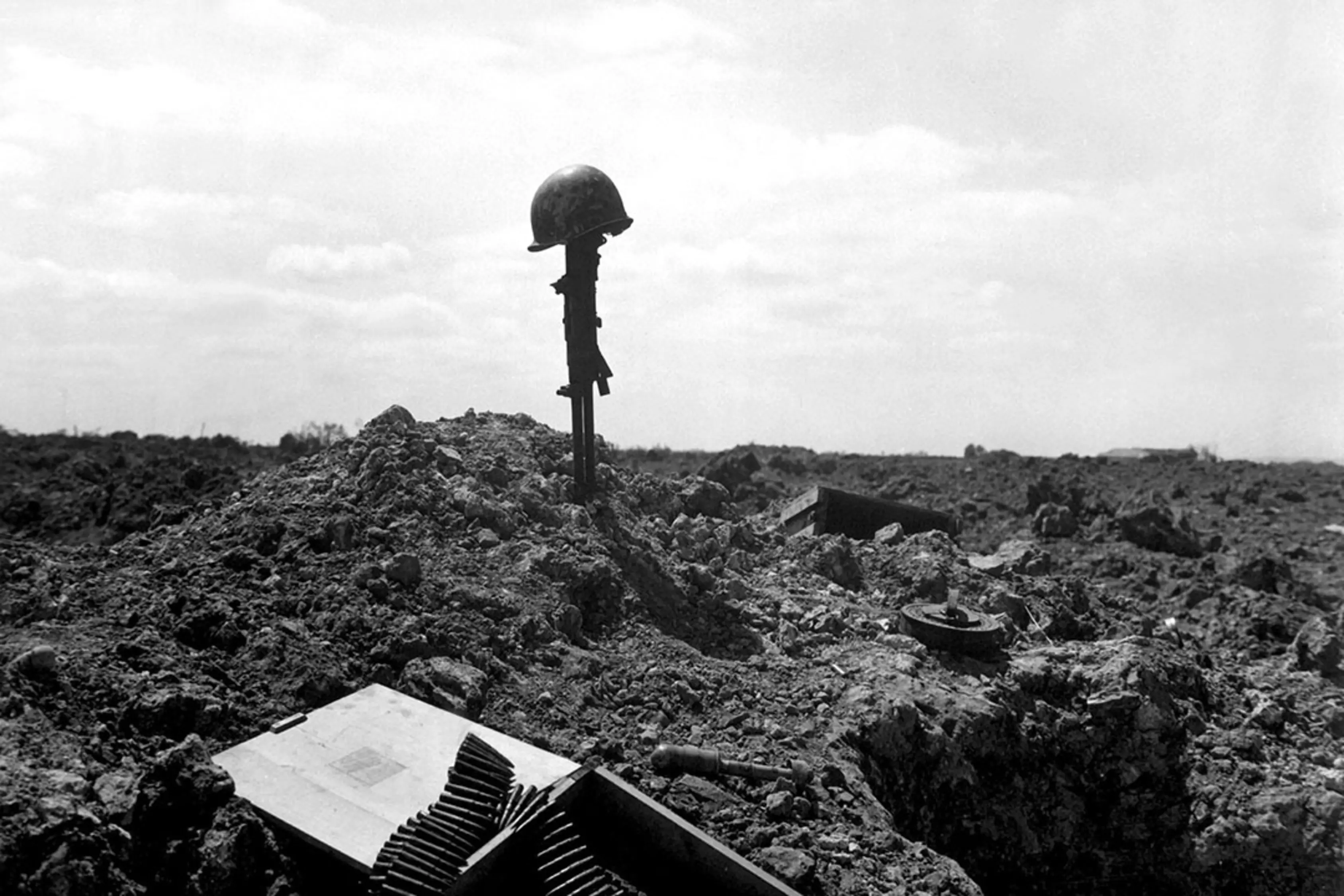Seventy-Fifth Anniversary of D-Day
Operation Overlord, better known as D-Day, was the largest seaborne invasion in history. Launched on June 6, 1944, it targeted roughly fifty miles of coastline in Normandy, France. D-Day’s success guaranteed the defeat of Nazi Germany.
The Road to D-Day
D-Day took more than two years to plan. U.S. President Franklin D. Roosevelt and British Prime Minister Winston Churchill had begun discussing the need for a large-scale invasion of Western Europe soon after the United States entered World War II in December 1941. Soviet leader Joseph Stalin was also eager for a second front that would relieve the pressure on Soviet troops fighting Germany in the east.
The United States and Britain initially had hoped to land in northern France in late 1942. However, Operation Sledgehammer was scrapped because British commanders thought the Allies were not prepared. The Allies instead attacked North Africa in November 1942 as part of Operation Torch. That was followed in July 1943 by Operation Husky, the Allied invasion of Sicily, and in September 1943 by the Allied invasion of Italy. All three operations succeeded. At the Tehran Conference in November 1943, Roosevelt, Churchill, and Stalin decided that the invasion of France should begin in late spring 1944.
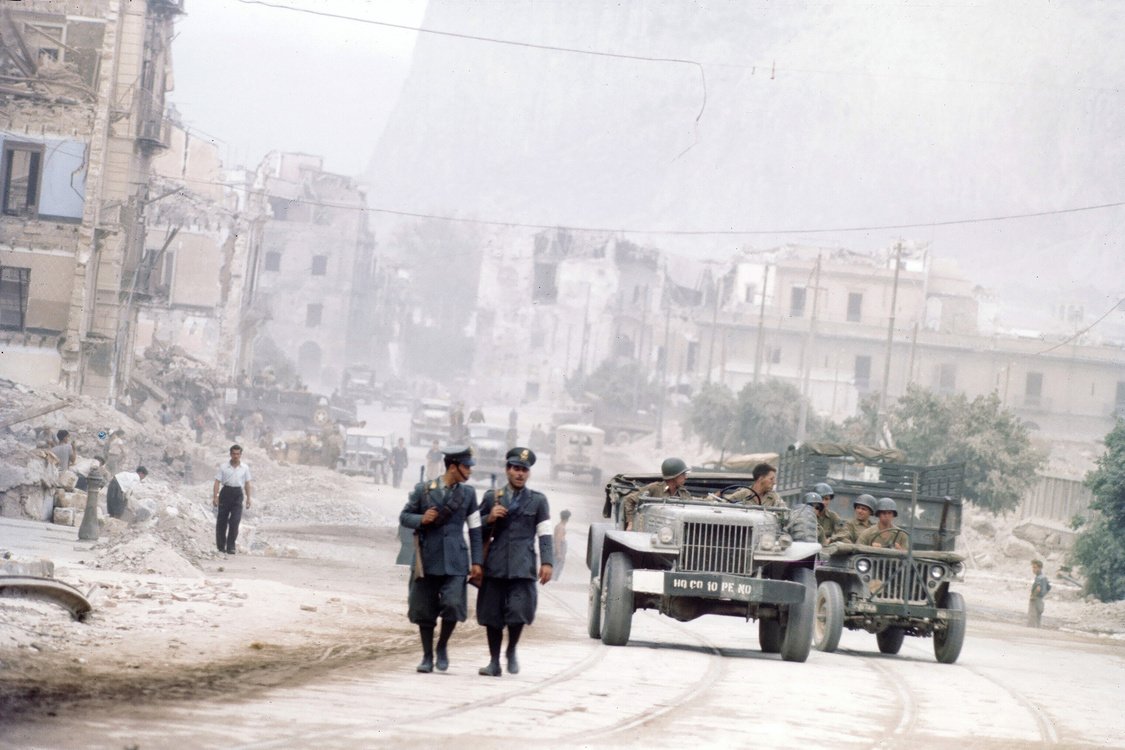
Allied Planning for D-Day
General Dwight D. Eisenhower was named supreme commander of the Allied Expeditionary Force in December 1943 and tasked with overseeing Operation Overlord. As the buildup of American troops in Britain began, Eisenhower had to choose the landing site. The Germans were expecting an attack near Pas-de-Calais, France, the narrowest point in the English Channel. For that reason, Eisenhower opted to land at Normandy, more than a hundred miles to the southwest. Allied troops would thereby avoid many of Germany’s most heavily fortified positions and be better positioned to begin their push through France.
German Preparation For Invasion
The Germans defeated much of Western Europe in May 1940. In the wake of their victory, they built an “Atlantic Wall” that stretched across the coasts of Norway, the Netherlands, Belgium, and France. The Germans thought any Allied invasion would fail in the face of the extensive fortifications, mines, and troops deployed along the coast.
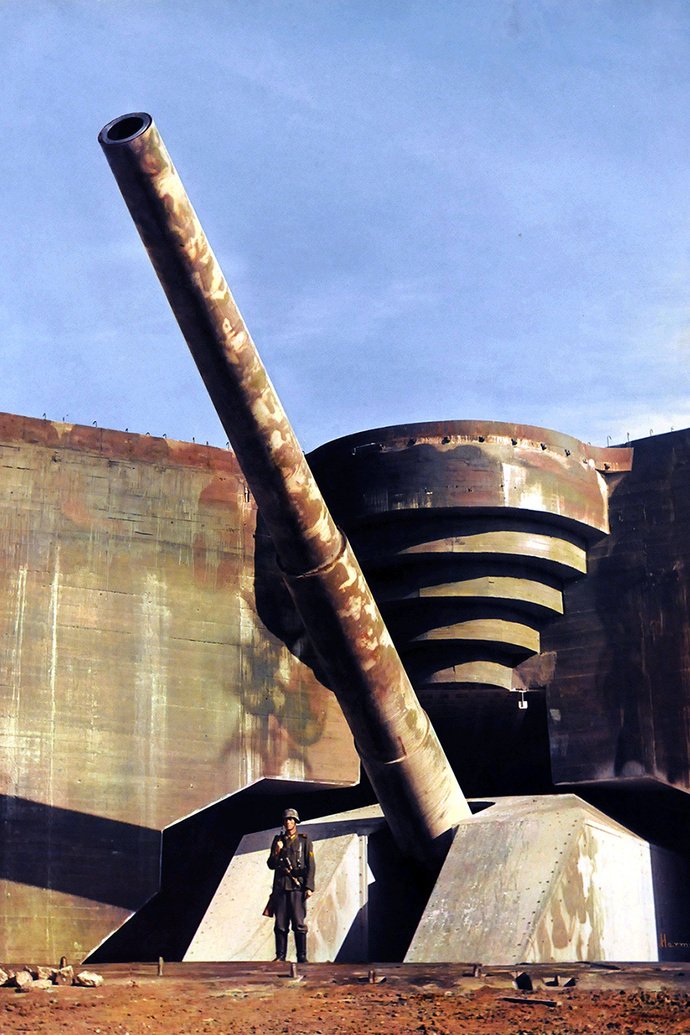
Hitler appointed Field Marshal Erwin Rommel in 1943 to oversee Germany’s defenses along the western front. Rommel began beefing up Germany’s positions. He wanted to deploy Germany’s elite tank divisions closer to the French coast to provide additional protection. Hitler refused. The decision proved fateful on D-Day.


The Deception Campaign
As the Germans prepared their defense, the Allies looked to avoid tipping off their invasion plans. They launched Operation Bodyguard. The name came from a Churchill quote: “In wartime, truth is so precious that she should always be attended by a bodyguard of lies.” One part of this broad deception campaign was Operation Fortitude. It deployed “dummy” troops, inflatable tanks and airplanes, and fake radio messages to make the Germans think an attack would come at either Pas-de-Calais or in Norway.
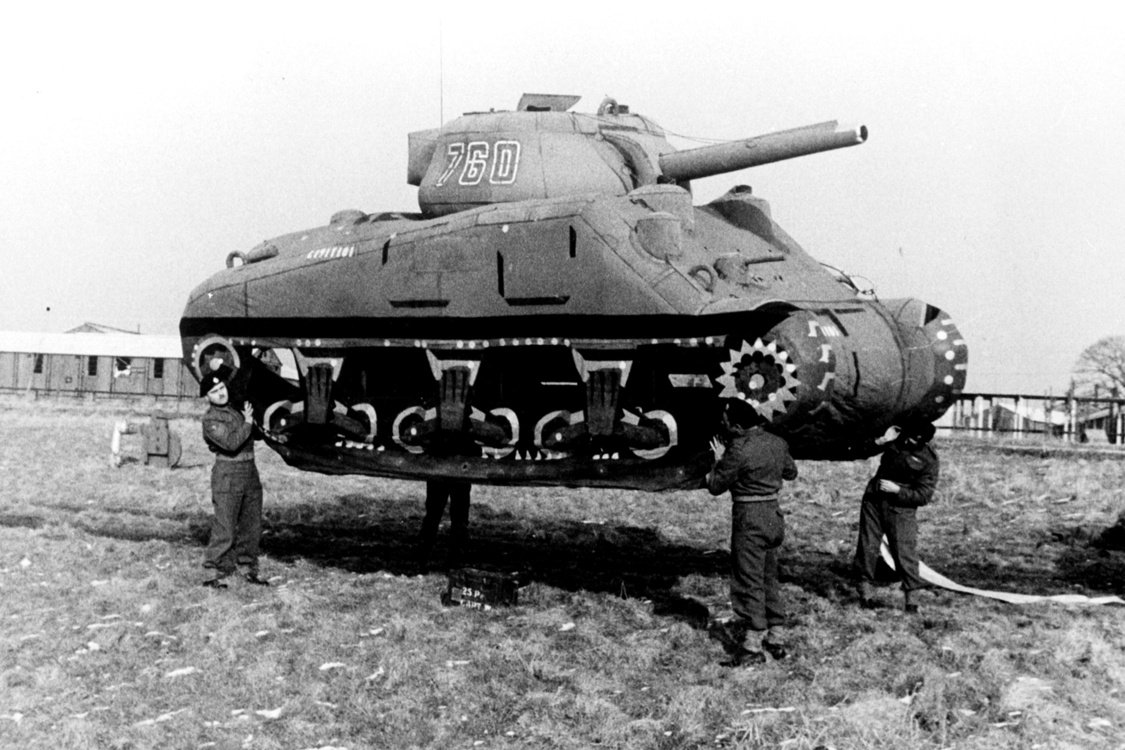
The deception worked. The Germans kept troops in Norway and further fortified their defenses at Pas-de-Calais, rather than in Normandy. Indeed, the Germans were so convinced that Pas-de-Calais was the target that they initially failed to send reinforcements to Normandy on D-Day, thinking that the attack there was a diversion.
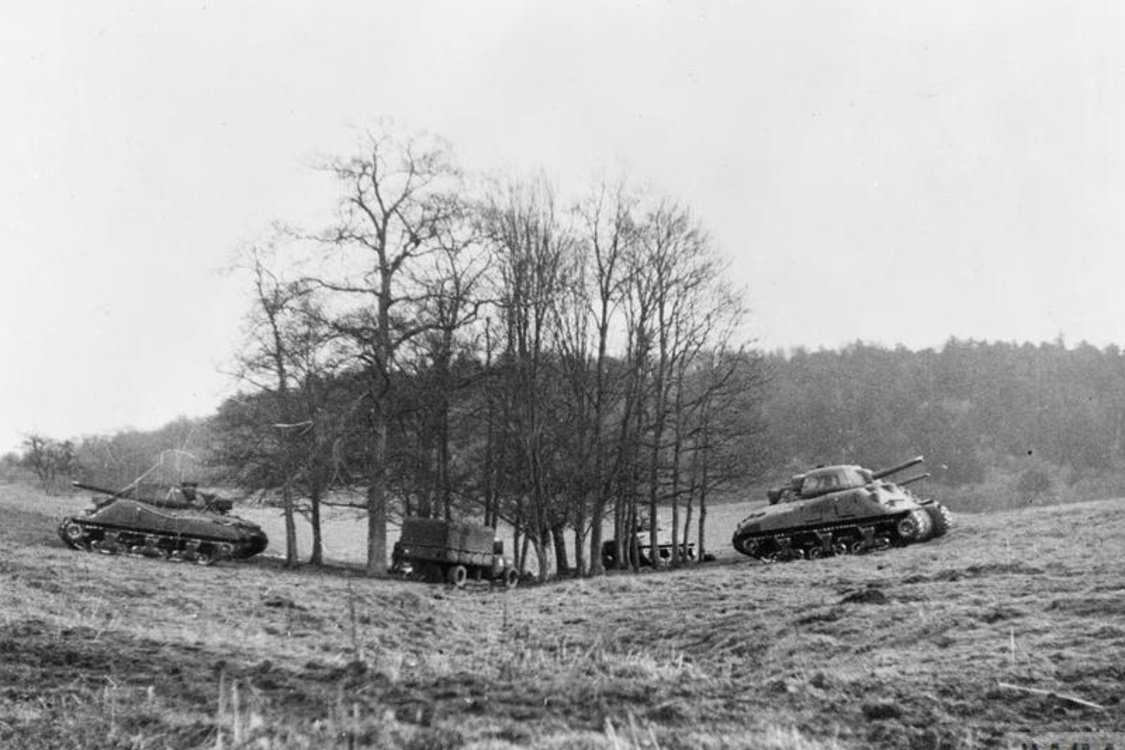
A Tragic Dress Rehearsal
The Allies attempted a dress rehearsal for D-Day on April 28, 1944. But Operation Tiger turned into a disaster. German ships patrolling the English Channel attacked when they spotted Allied boats beginning their mock invasion of Slapton Sands in Devon, England. More than seven hundred Allied servicemen died. The tragedy led the Allies to change several aspects of their preparation and communications. Those changes proved critical on D-Day.

The Landing
Eisenhower hoped to begin Operation Overlord on June 5, 1944. But bad weather forced him to postpone the attack until just after midnight on June 6, 1944. Before the attack, Eisenhower sent a message to his soldiers, sailors, and airmen: “You are about to embark upon the Great Crusade, toward which we have striven these many months. The eyes of the world are upon you. The hopes and prayers of liberty-loving people everywhere march with you.”
Numbers
The United States and Britain led the invasion. Australia, Belgium, Canada, Czechoslovakia, France, Greece, the Netherlands, New Zealand, Norway, and Poland also participated. In total, 156,115 troops, 6,939 ships and landing craft, 10,440 aircraft, 450,000 tons of ammunition, and 17 million maps were used in the invasion. The Germans had just 50,000 troops.
Execution
The Allies attacked five positions along Normandy’s coast. The U.S. forces led the attacks on the beaches code-named Omaha and Utah. The British led the attacks on Gold and Sword beaches. The Canadians led the attack on Juno Beach.

Allied bombers began the attack by hitting targets along the coast. They were followed by paratroopers tasked with securing beach exits and strategically important bridges inland. The first troops landed at Omaha Beach at 6:30 a.m. Within ninety minutes, Allied troops had landed at all five beaches.

Rough seas caused particular trouble at Omaha. Some troops drowned and equipment sank. The naval and aerial bombardment failed to destroy Germany’s strongest defenses, enabling the Germans to launch their heaviest counterattack. The situation was so dire that U.S. General Omar Bradley briefly considered aborting the attack.

U.S. troops also ran into difficulty at Utah Beach. The first wave landed a mile south of its intended target. Brigadier General Theodore D. “Teddy” Roosevelt Jr., the son of President Theodore Roosevelt and the only general to land in Normandy in the initial attack, rallied his men, saying, “We’ll start the war from right here!” General Bradley later stated that “Ted Roosevelt on Utah Beach” was the most heroic combat action he had witnessed.
The U.S. success at Utah was aided by the heroism of 225 U.S. Army Rangers who scaled Pointe du Hoc, the promontory overlooking Omaha Beach. They had been tasked with climbing the one-hundred-foot cliffs and silencing the German guns targeted at Omaha. When they reached the cliff top, however, they found that the guns had been moved some five hundred yards southward and were targeting Utah Beach with heavy fire. The Rangers knocked the guns out of action after ninety minutes of fierce fighting. When the Rangers were relieved two days later, roughly 70 percent had been killed or injured.

The initial assaults at Gold, Juno, and Sword beaches also faced rough seas and heavy German resistance. Allied forces, nonetheless, quickly secured the beachheads. At 10 a.m., Eisenhower broadcast a radio message to the people of Western Europe: “The hour of your liberation is approaching.”
Casualties
On the first day of the battle, the United States lost 2,501 troops, the British 1,449, and the Canadians 391. More than 5,000 Allied troops were wounded or missing in action. Somewhere between 4,000 and 9,000 German troops were killed, wounded, or missing in action.



The Battle of Normandy
D-Day was just the beginning. The Battle of Normandy would last until mid-August 1944. Allied forces secured the five beaches by June 11. Over the next several weeks, the Allies captured Cherbourg, Caen, and St. Lô. On August 25, 1944, Allied troops retook Paris.
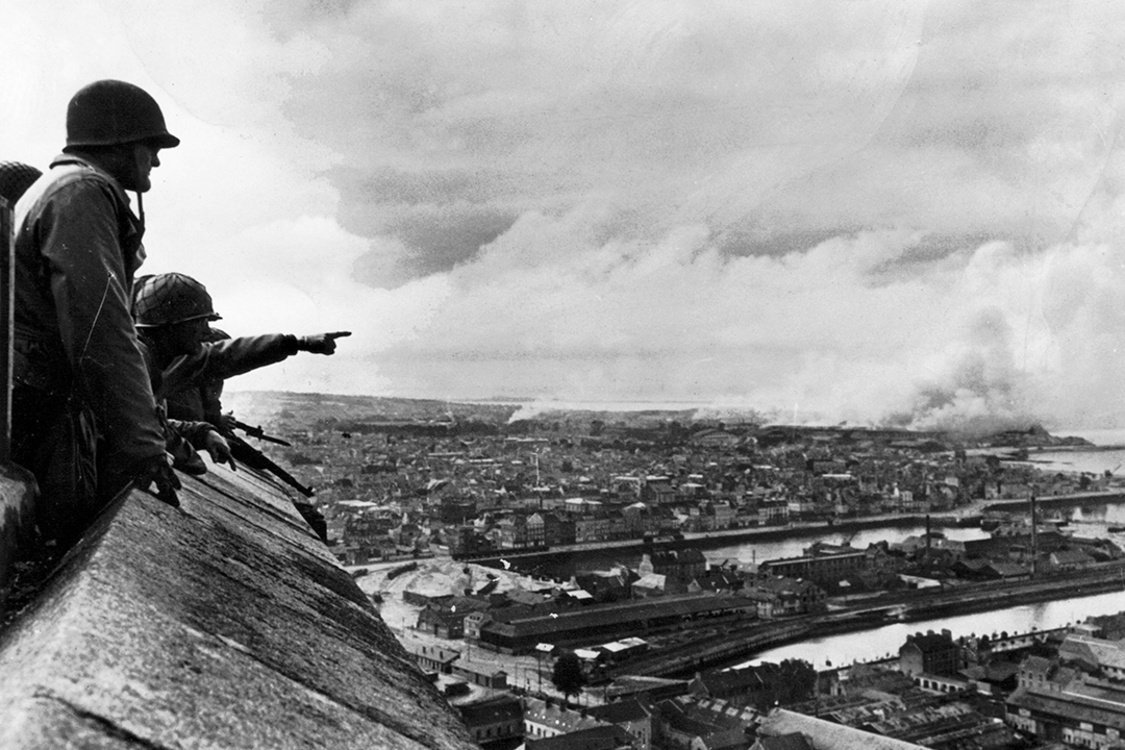
More than two million Allied troops eventually landed in northern France. In all, the Allies suffered 226,363 troops killed, missing in action, or wounded. German losses were slightly higher.

D-Day’s Significance
The Allied victory on the beaches of Normandy changed the course of the war. It gave Allied forces a foothold in Western Europe to begin the drive toward Germany. The fighting would continue to be difficult. In December 1944, German troops caught the Allied forces off guard with a massive counteroffensive in the Ardennes Forest, triggering the three-week-long Battle of the Bulge.
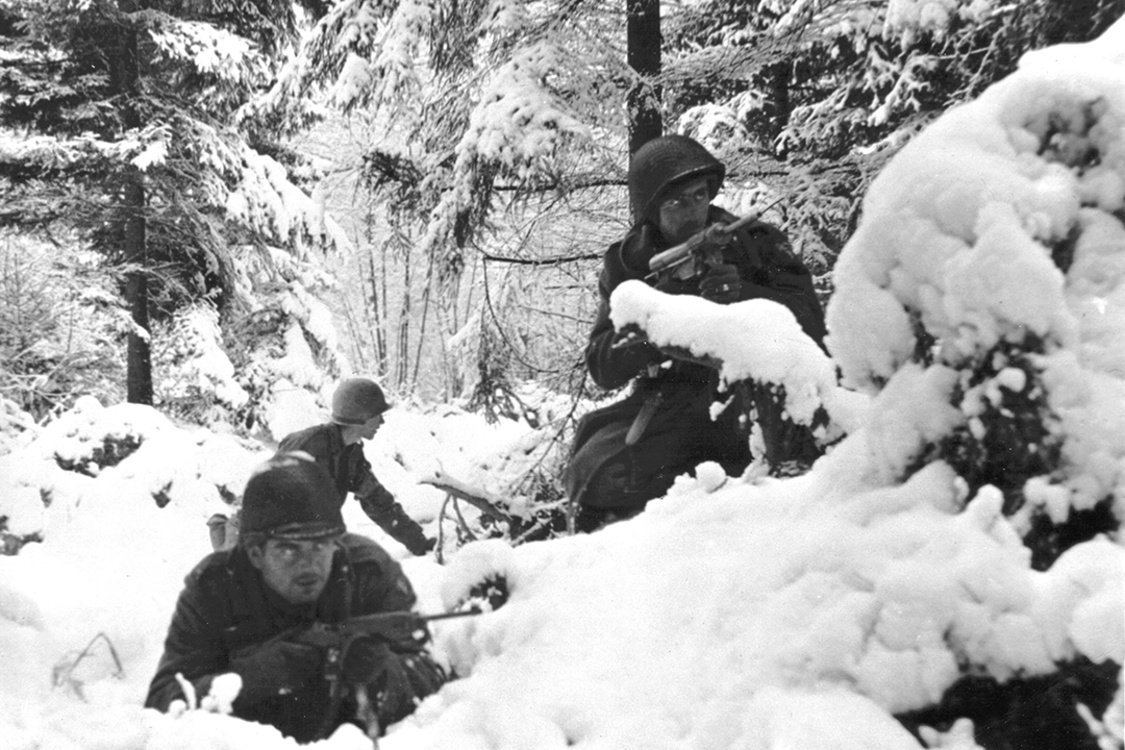
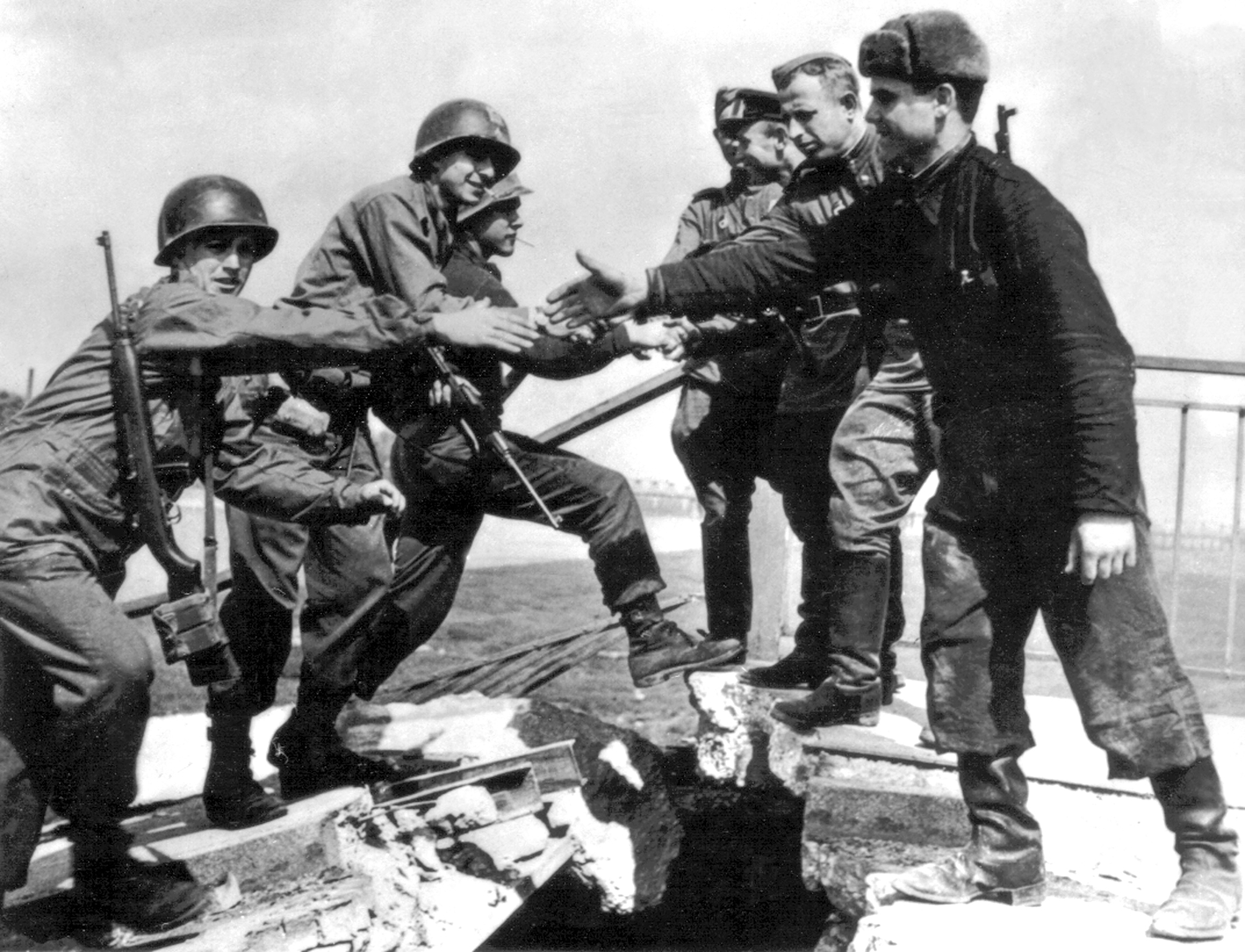
The opening of a second front also prevented Germany from sending reinforcements to the east to counter the advancing Soviet army. In the aftermath of D-Day, Germany was fighting a two-front war it could not win. Germany signed its unconditional surrender to the Allies in Reims, France, on May 7, 1945, ending the fighting on the western front the next day. Germany surrendered on the eastern front on May 9.

Why D-Day Succeeded
D-Day succeeded in good part because of the things the Allied leadership got right: smart planning, an effective deception strategy, naval and air superiority, more troops, and better equipment. These advantages enabled the Allied forces to overcome the initially disastrous landing at Omaha Beach.
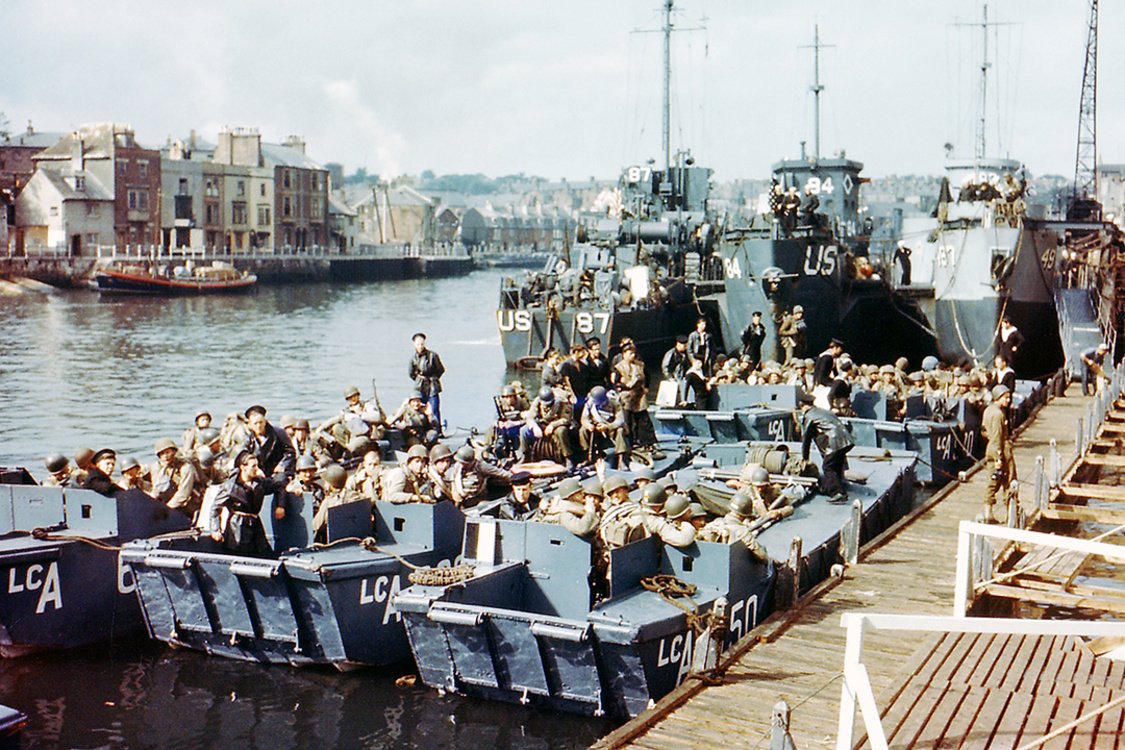
German missteps also played a role. Germany’s best tank divisions were arrayed around Paris rather than near the coast of Normandy. Rommel and several of his deputies were back in Germany when the invasion began. Hitler, convinced that the attack in Normandy was a diversion, refused to send reinforcements until it was too late.
Remembering D-Day
Twelve American soldiers received the Medal of Honor for their heroism on D-Day; nine of them died in the invasion. One of the Medal of Honor recipients was General Roosevelt.
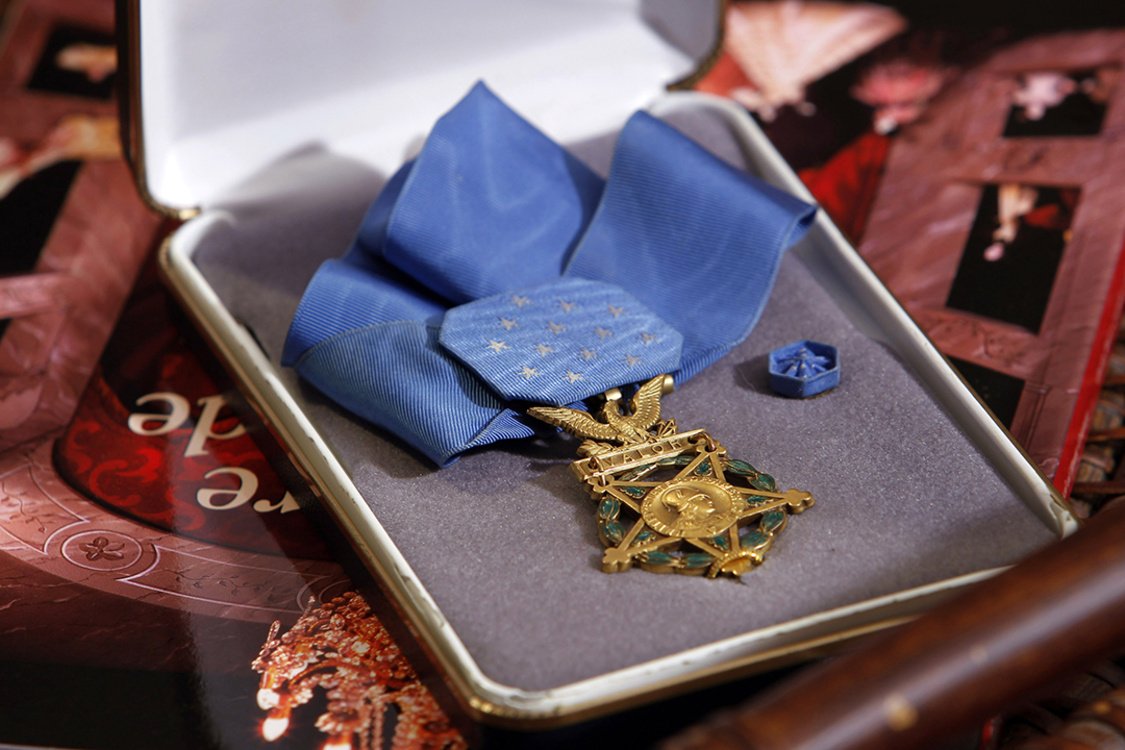
The American Cemetery in Normandy holds the graves of 9,380 American serviceman.

Speaking at the fortieth anniversary of D-Day at the spot where U.S. Army Rangers took the Pointe du Hoc from the Germans, President Ronald Reagan said: “Here, in this place where the West held together, let us make a vow to our dead. Let us show them by our actions that we understand what they died for.”

